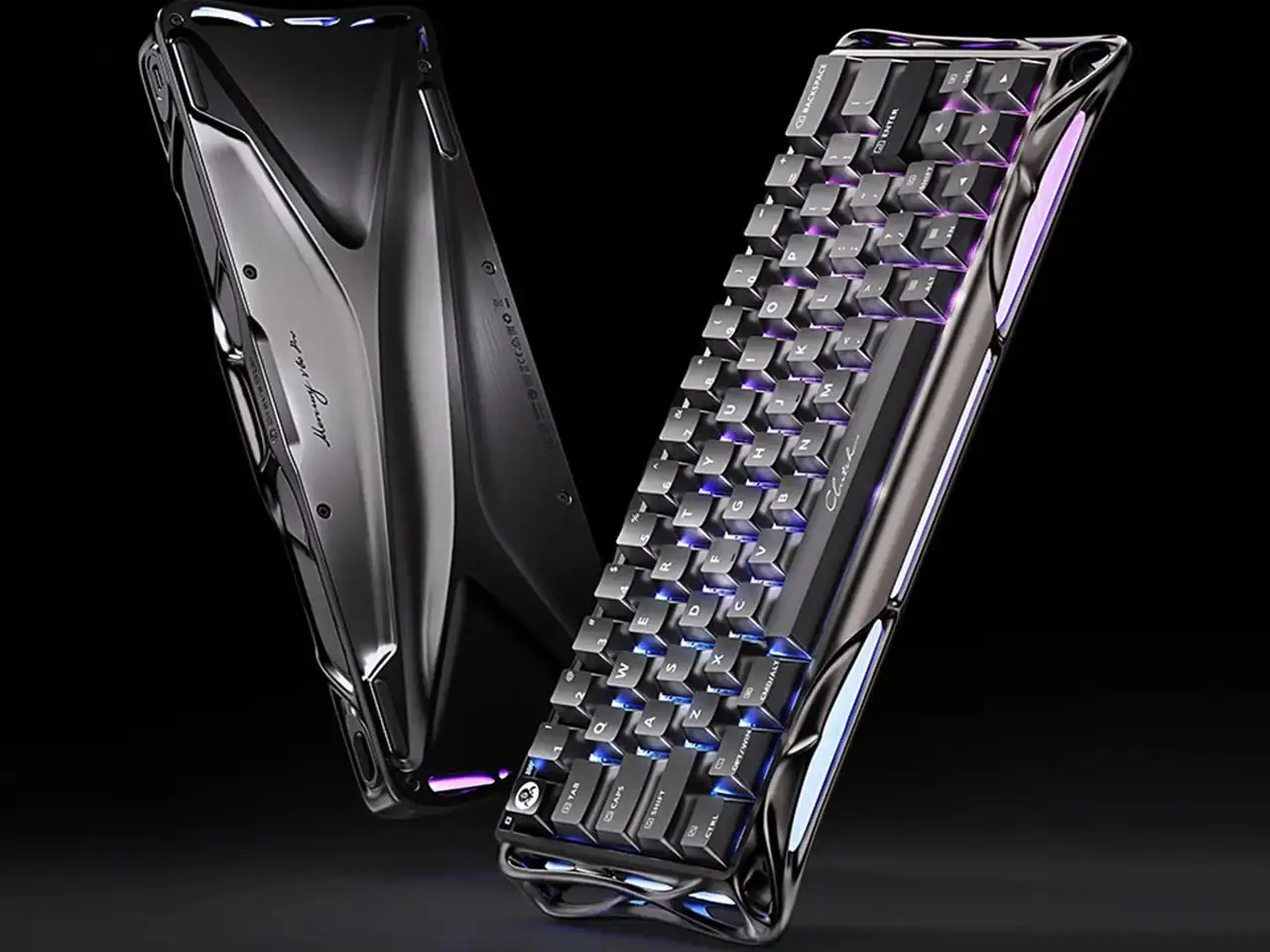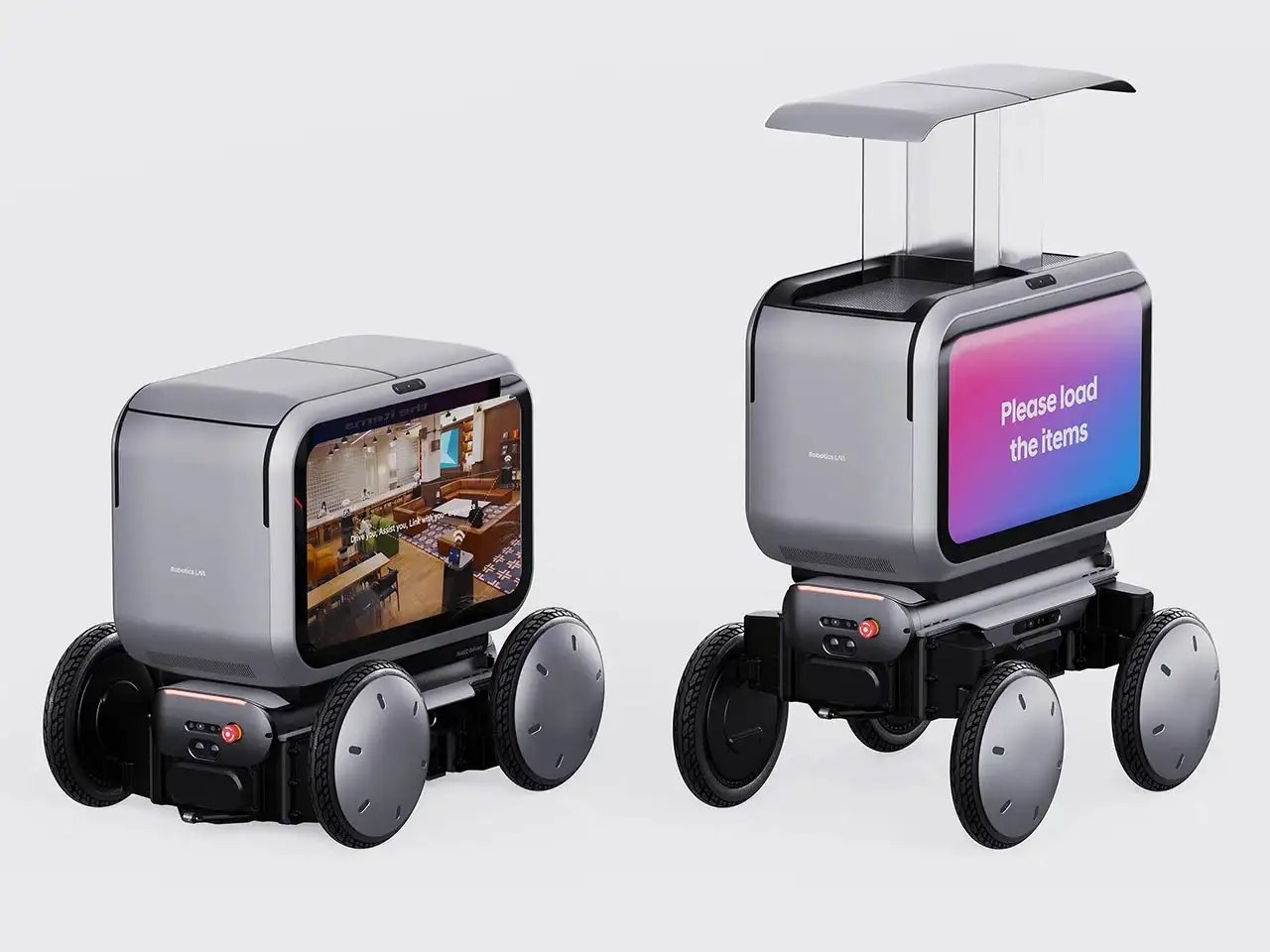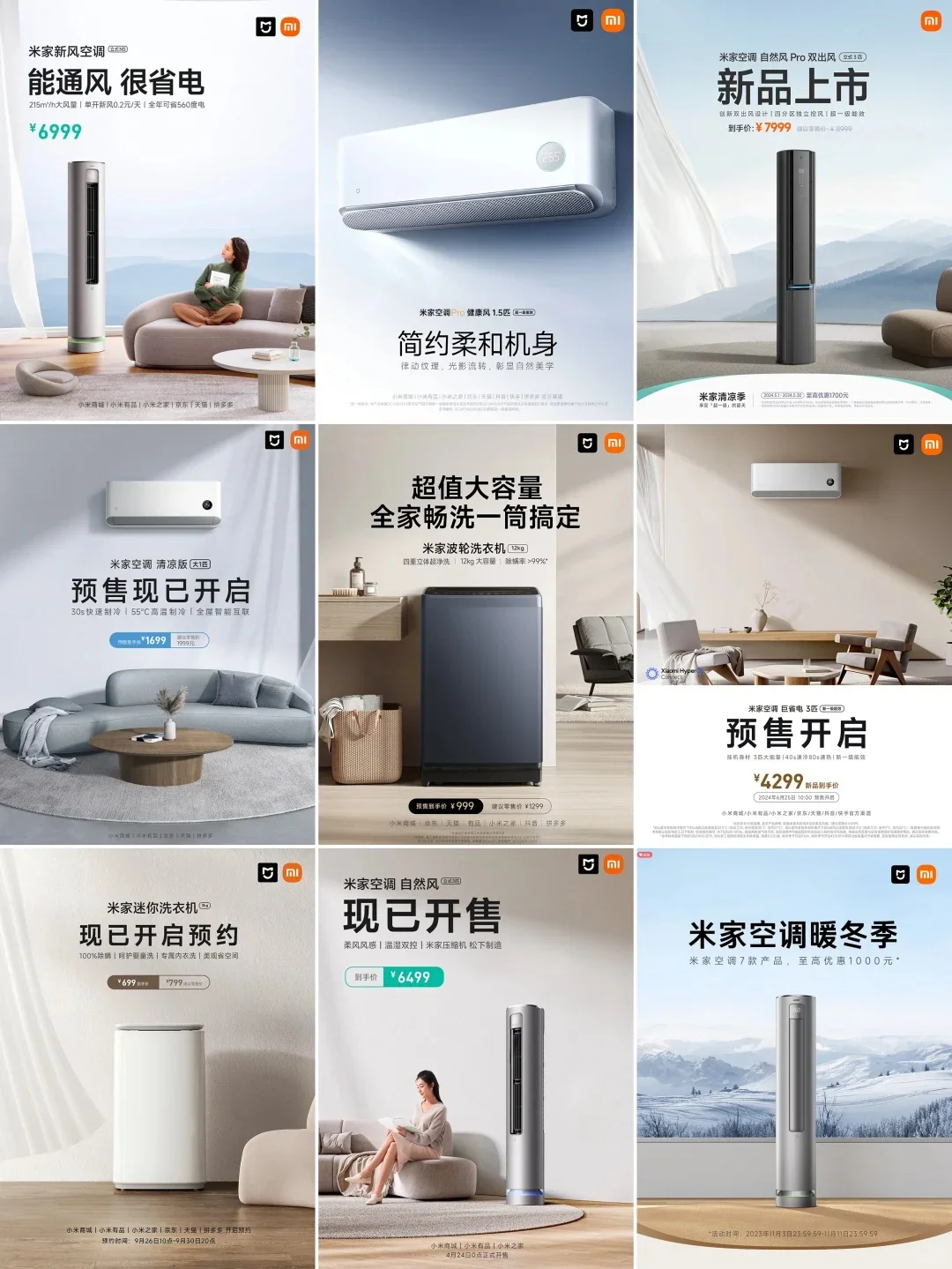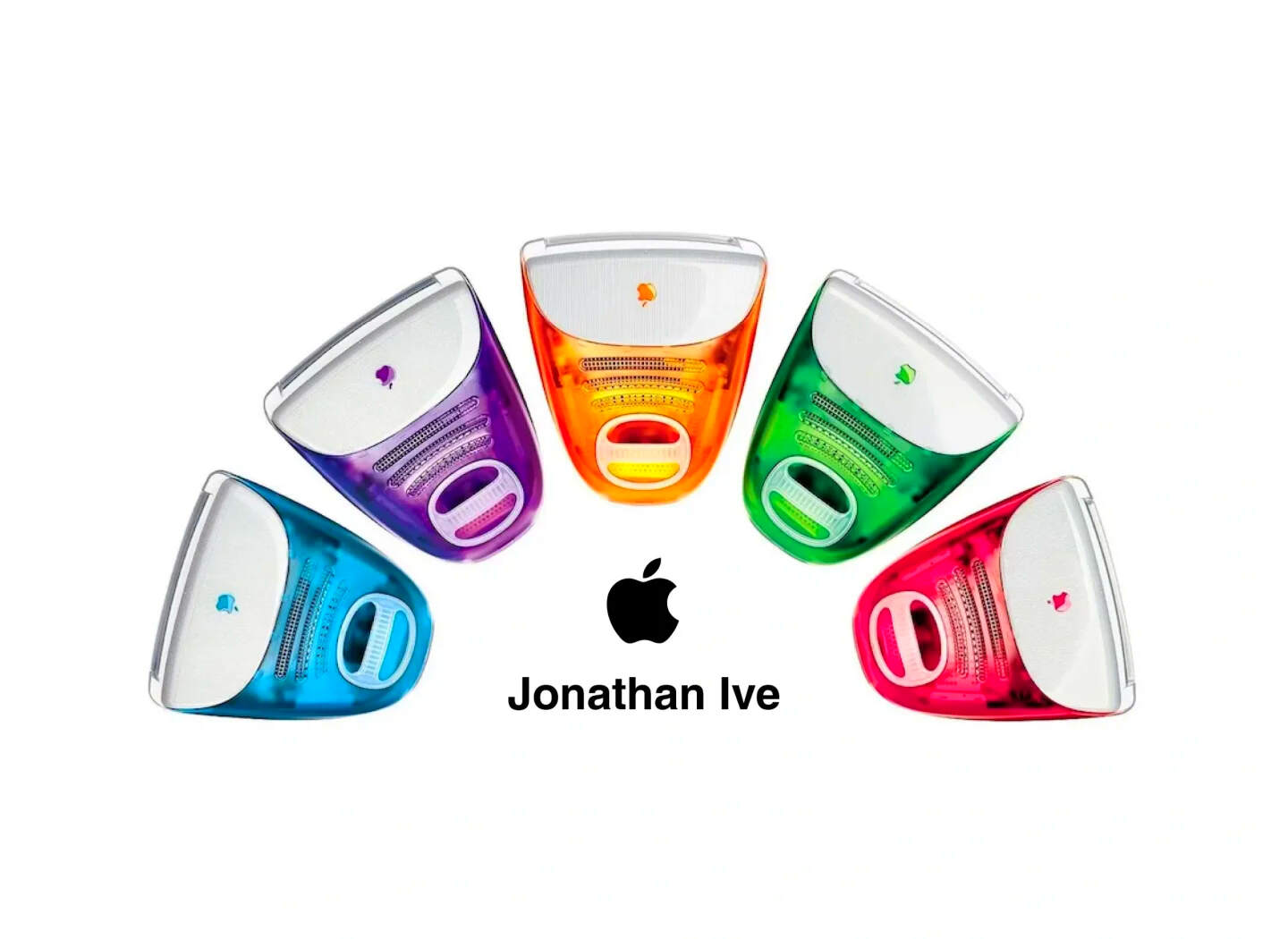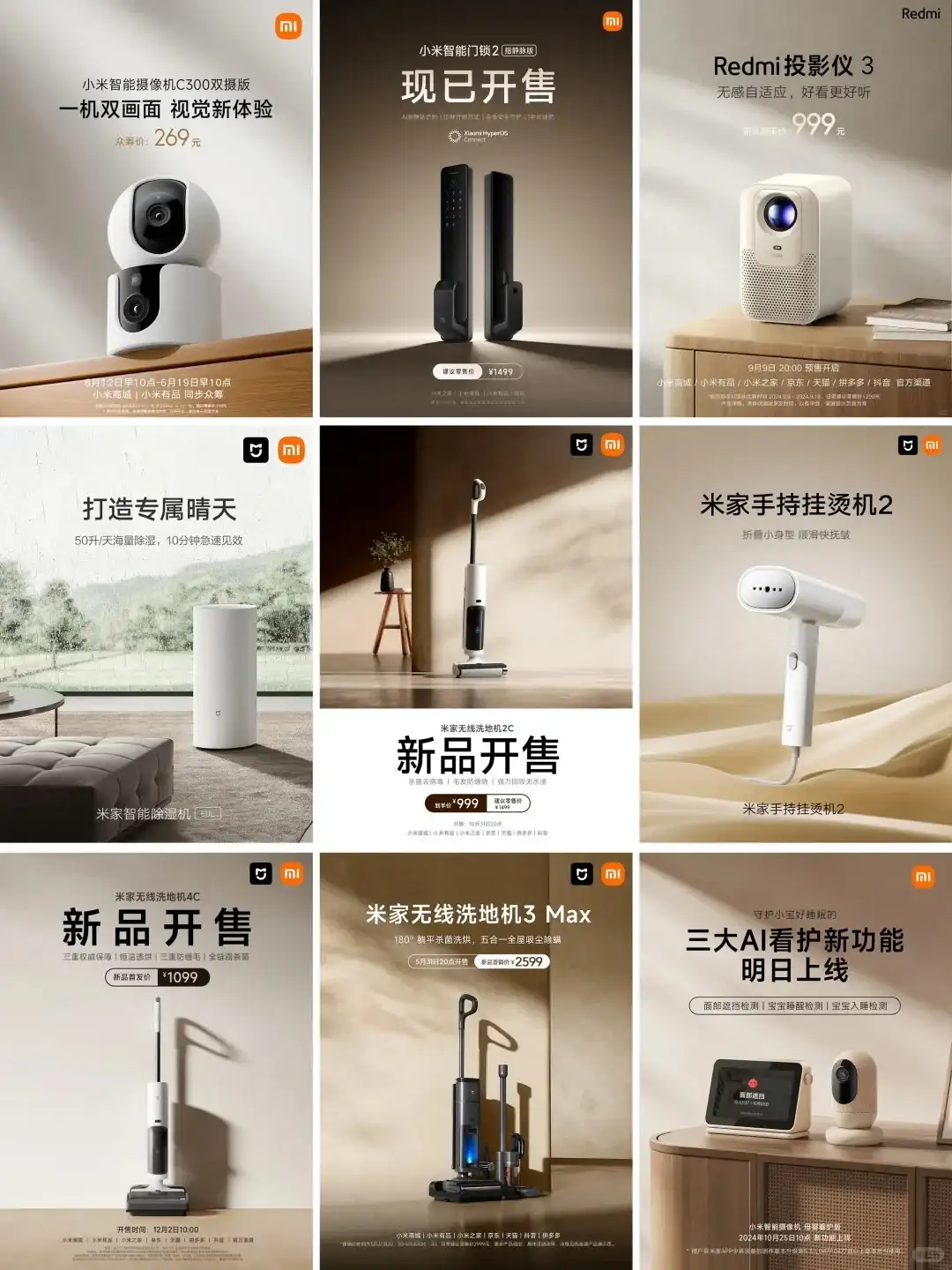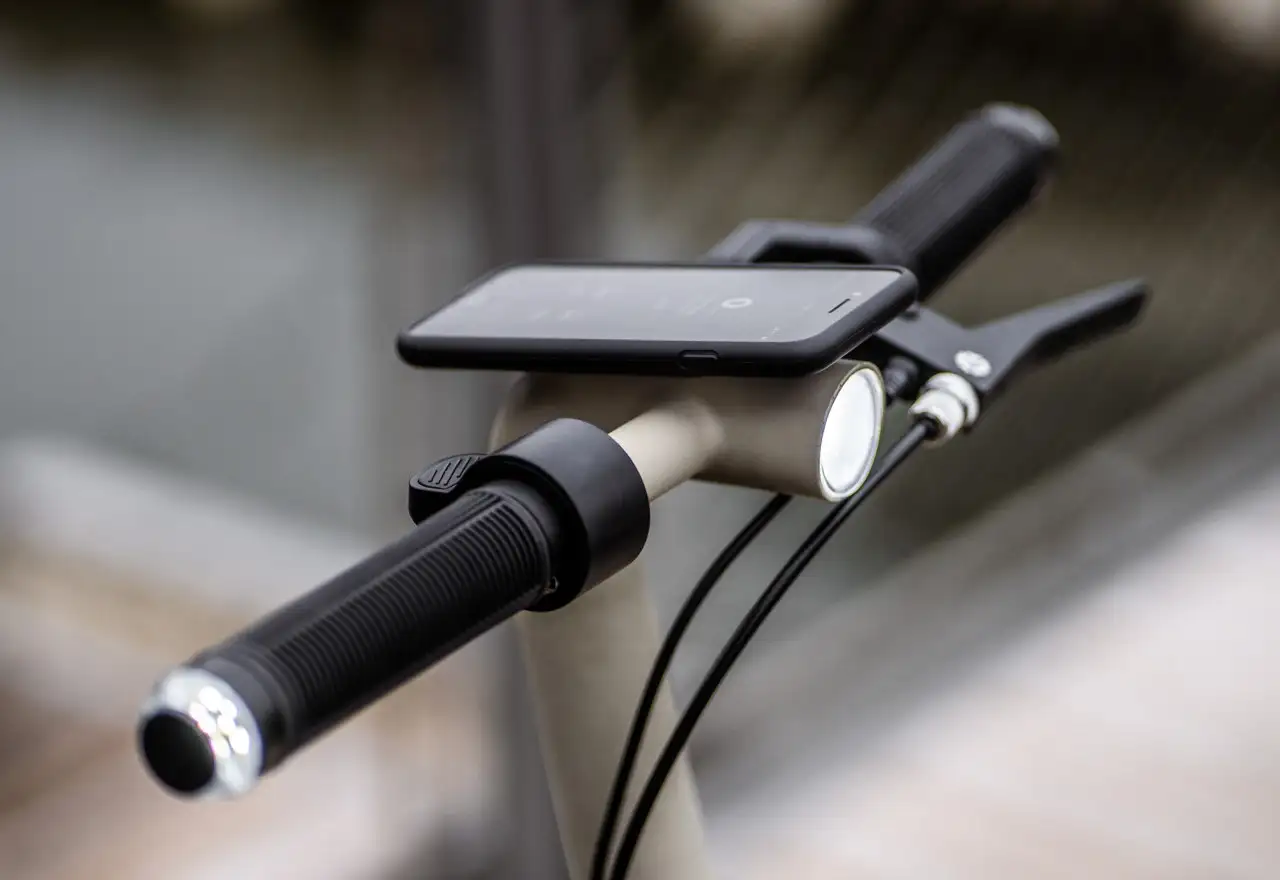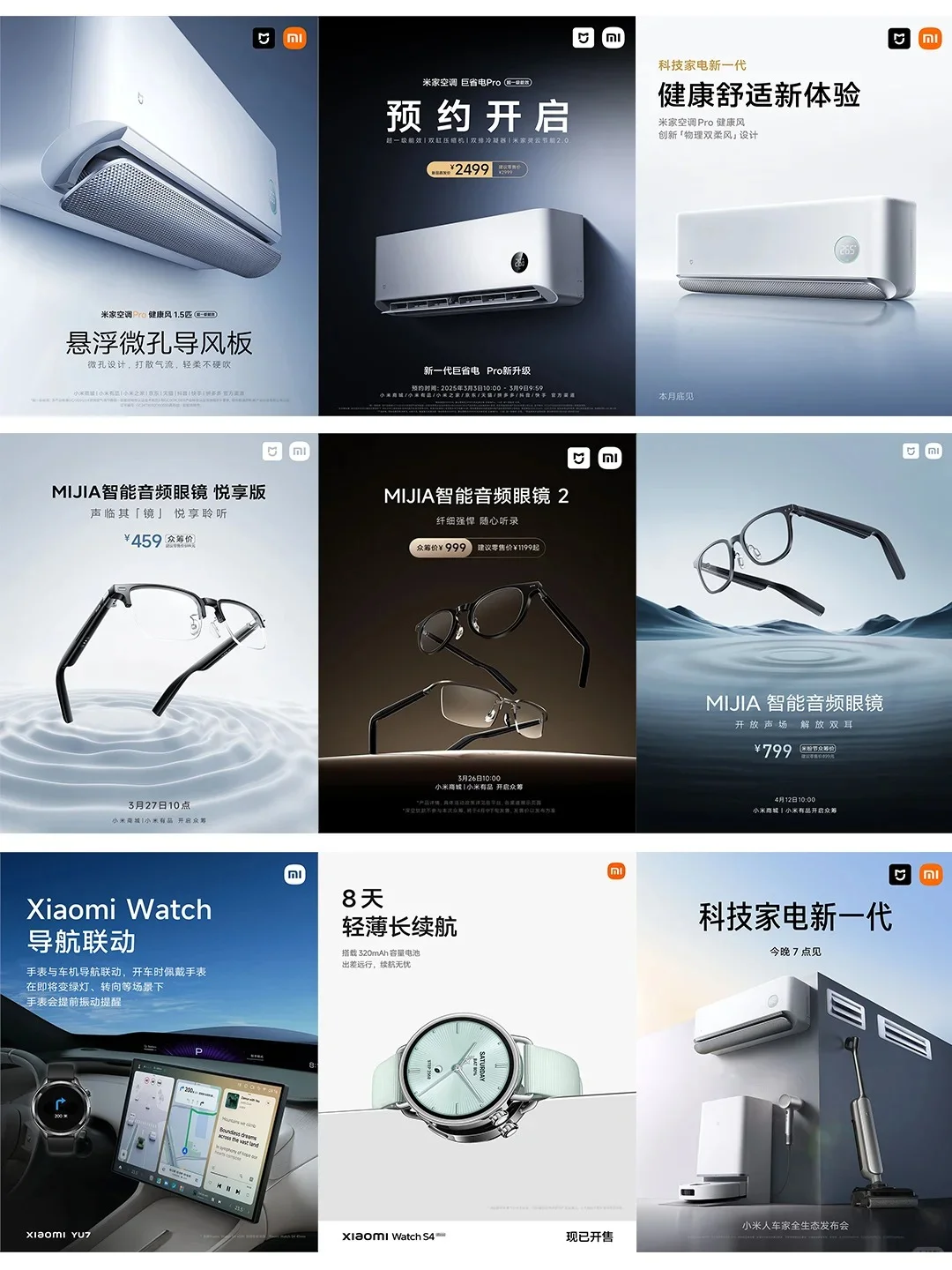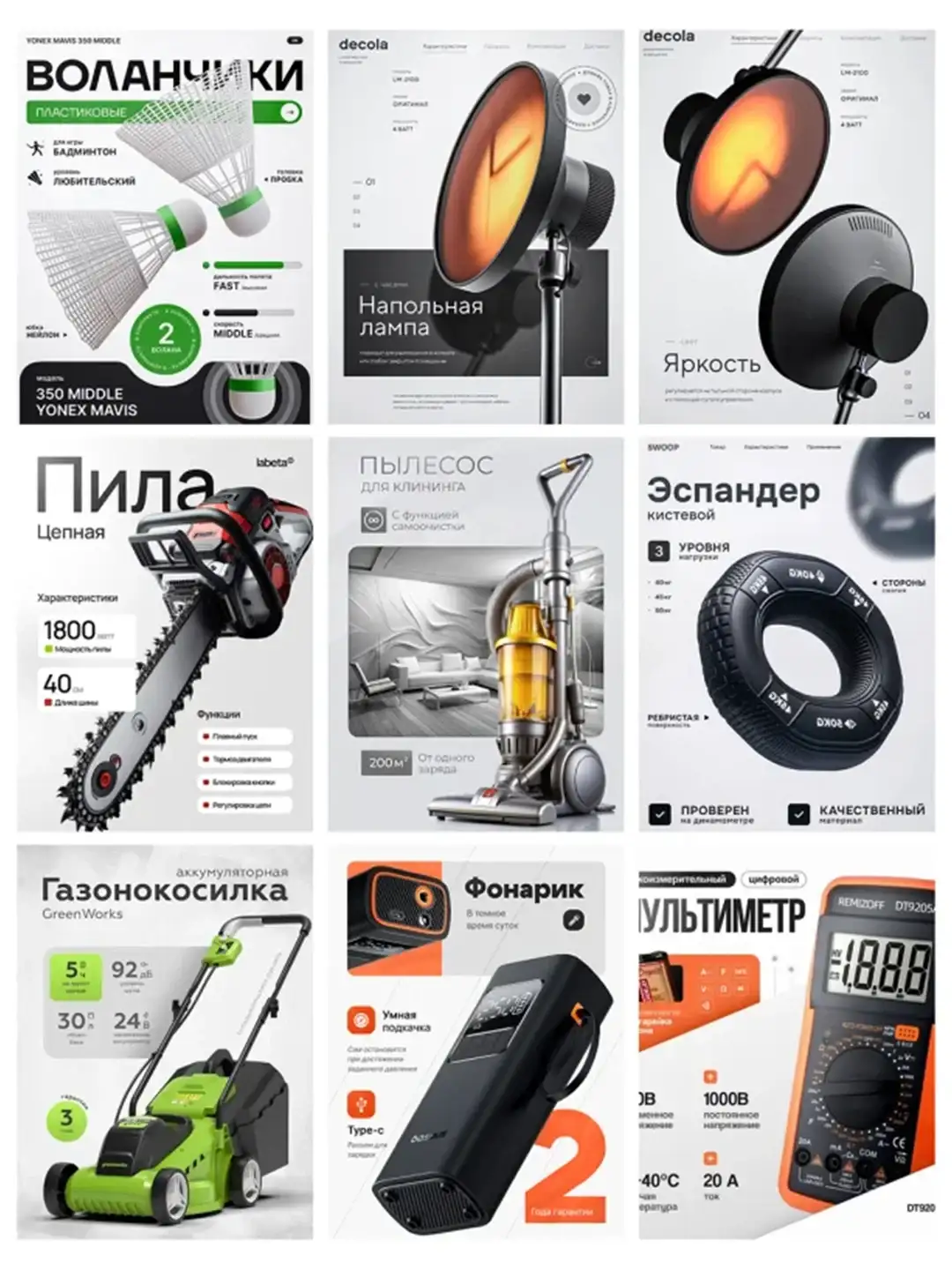NINEIDEA:选择产品设计软件,需先锚定个人或团队发展方向,依据领域特性锁定对应功能的软件;同时权衡功能强大性与易用性,贴合自身学习能力;重视软件更新与支持,保障使用时效和技术适配;务必通过试用实践深入体验,对比操作差异;还要考量生态系统,借助插件、社区和软件集成拓展设计可能,全方位选出契合需求的软件。以下是一些个人的心得体会:
明确个人或团队发展方向
产品设计涵盖多个领域,不同领域对软件功能的侧重点不同。如果专注于产品外观设计,那么像 Rhino搭配Keyshot这样在曲面造型和渲染方面表现出色的软件会是不错的选择;要是倾向于机械结构设计,SolidWorks、Creo 等在参数化设计和装配方面功能强大的软件则更为合适。确定发展方向能让你更有针对性地选择软件,避免在功能不匹配的软件上浪费时间和精力。
平衡功能与易用性
功能强大的软件往往学习难度较高,例如 CATIA,它在航空航天、汽车等复杂产品领域应用广泛,但对于初学者来说,其界面和操作相对复杂。而像 SketchUp 这样的软件,易于上手,适合快速搭建概念模型,但在处理复杂产品设计时功能可能不够强大。因此,要根据自己的学习能力和实际需求来平衡软件的功能与易用性。对于初学者,可以先从易用性好的软件入手,随着技能提升再逐渐过渡到功能更强大的软件。
重视软件的更新与支持
设计软件需要不断更新以适应行业发展和技术进步。例如,随着 3D 打印技术的兴起,一些软件及时更新了对 3D 打印文件格式的支持和相关优化功能。选择有活跃开发团队且能提供良好技术支持的软件很重要,这样可以确保在使用过程中遇到问题能得到及时解决,并且能享受到新功能和性能提升带来的便利。同时,软件的更新也能保证其与其他相关软件和硬件的兼容性,避免出现因技术发展而导致软件被淘汰的情况。
试用与实践是关键
在决定长期使用一款设计软件之前,一定要充分进行深入体验。通过实际操作来评估软件是否符合自己的工作流程和设计习惯。可以尝试用不同软件完成同一个简单设计项目,对比它们在建模速度、操作便捷性、渲染效果等方面的表现。此外,还可以参加一些线上或线下的培训课程和工作坊,在实践中感受软件的功能和特点,这样才能更准确地判断软件是否适合自己。
考虑软件的生态系统
一款软件的生态系统包括其插件资源、用户社区以及与其他软件的集成能力等。丰富的插件资源可以扩展软件的功能,满足更多个性化需求。活跃的用户社区能让你与其他设计师交流经验、分享技巧、获取帮助和灵感。例如,Blender 的用户社区非常活跃,有大量的教程和插件资源可供下载。另外,软件与其他常用工具的集成能力也很重要,如 Adobe 系列软件在设计流程中的协作,如果设计软件能与这些软件无缝集成,将大大提高工作效率。

Share some insights and experiences on choosing product design software
NINEIDEA:When choosing product design software, it is necessary to first anchor the development direction of individuals or teams, and lock in the corresponding functional software based on the characteristics of the field; Simultaneously balancing functionality and ease of use, tailored to one’s own learning ability; Pay attention to software updates and support, ensure timely use and technological adaptation; It is necessary to deeply experience and compare the differences in operation through trial practice; We also need to consider the ecosystem, expand the design possibilities through plugins, communities, and software integration, and comprehensively select software that meets our needs. Here are some personal reflections:
Clarify the direction of individual or team development
Product design covers multiple fields, with different areas having varying emphasis on software functionality. If you focus on product appearance design, software like Rhino paired with Keyshot that excels in surface modeling and rendering would be a good choice; If you are inclined towards mechanical structure design, software such as SolidWorks and Creo, which have powerful functions in parametric design and assembly, are more suitable. Determining the development direction can help you choose software more targetedly, avoiding wasting time and energy on software with mismatched functions.
Balancing functionality and usability
Powerful software often has a higher learning difficulty, such as CATIA, which is widely used in complex product fields such as aerospace and automotive. However, for beginners, its interface and operation are relatively complex. Software like SketchUp is easy to use and suitable for quickly building conceptual models, but its functionality may not be powerful enough when dealing with complex product designs. Therefore, it is necessary to balance the functionality and usability of software based on one’s learning ability and actual needs. For beginners, they can start with software that is easy to use, and gradually transition to more powerful software as their skills improve.
Pay attention to software updates and support
Design software needs to be constantly updated to adapt to industry development and technological advancements. For example, with the rise of 3D printing technology, some software has timely updated its support for 3D printing file formats and related optimization functions. It is important to choose software with an active development team and good technical support to ensure timely resolution of problems encountered during use, and to enjoy the convenience brought by new features and performance improvements. At the same time, software updates can also ensure compatibility with other related software and hardware, avoiding situations where software is eliminated due to technological development.
Trial and practice are key
Before deciding to use a design software for the long term, it is important to thoroughly experience it. Evaluate whether the software conforms to one’s workflow and design habits through practical operation. You can try using different software to complete the same simple design project and compare their performance in modeling speed, ease of operation, rendering effects, and other aspects. In addition, you can also participate in some online or offline training courses and workshops to experience the functions and features of the software in practice, so as to more accurately judge whether the software is suitable for you.
Consider the software ecosystem
The ecosystem of a software includes its plugin resources, user community, and integration capabilities with other software. Rich plugin resources can expand the functionality of software and meet more personalized needs. An active user community allows you to exchange experiences, share skills, seek help and inspiration with other designers. For example, Blender’s user community is very active, with a large number of tutorials and plugin resources available for download. In addition, the integration ability of software with other commonly used tools is also important, such as the collaboration of Adobe series software in the design process. If the design software can be seamlessly integrated with these software, it will greatly improve work efficiency.











